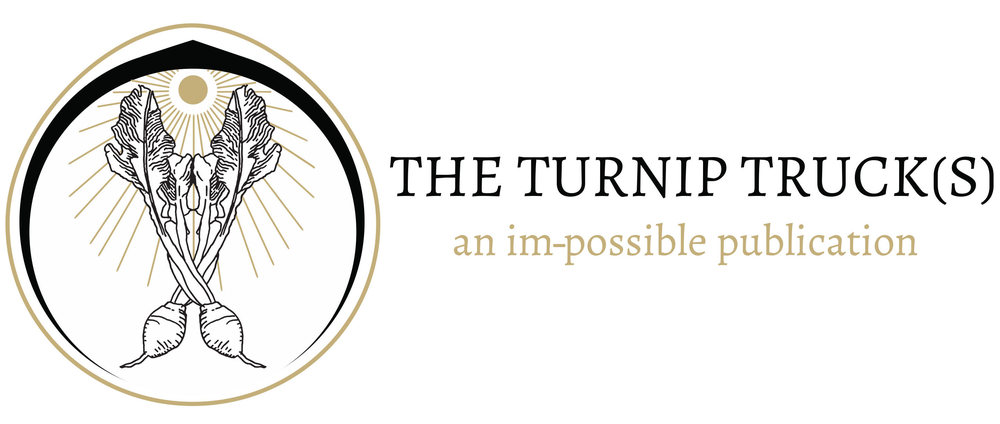Before words, our bodies speak through eye contact, facial expressions, gestures, and touch. We can shirk or shrink to become small, even invisible. Or we can expand our bodies to command power or intimidate others. Yet, the language of the body isn’t limited to these nonverbal cues. Dance, for instance, is a universal element of culture. While the aesthetics and roles of dance may vary across societies, its ubiquity suggests it derives from natural instinct. Looking back, bodily gesture was the primordial human communication, and all ritual began with dancing as the bodily compliment to music. In ancient cultures, dance was always a way to make the life force present as a reminder of death. One of the first known dance rituals was the dance-praise ritual to Osiris, the resurrected god of life-death in ancient Egypt, a ritual meant to animate his eternal spirit.
Other movement practices, like yoga and tai chi, work to transcend barriers between the physical and spiritual, body and mind. Originating in India as early as the 6th century BCE, yoga is an austere Hindu spiritual discipline that requires adopting specific body postures, breath control, and meditation. Practiced in the West mostly for health and relaxation, yoga at its root intends to release suffering. Through breath and the transitions between movement and stillness, it intends to raise and expand consciousness from the individual self to being coextensive with everyone and everything. Tai chi, the Chinese martial art said to have developed in the 12th century, similarly opens pathways in the body, allowing “qi” (the life force) to flow freely for good health and the practitioner to respond to outside forces with appropriate change. So too, dance is thought to offer health and healing benefits through its communicative, physical, and emotional expression. What’s more, these body languages illustrate a cosmic knowledge latent within all of us. We just have to be willing to learn.
The 2016 premiere of The OA presented audiences with a five-movement dance sequence that, when done "with perfect feeling,” is the key to healing sickness (in individuals and in societies), resurrecting the dead, and opening a pathway to another plane of existence. The significance of such movements may seem unclear to Westerners, but perhaps that’s due to cultural values that pressure us to live in our minds instead of in our whole beings.

